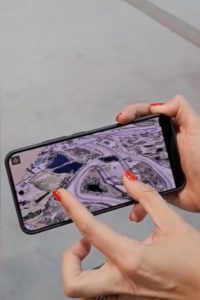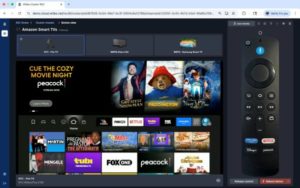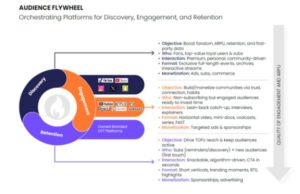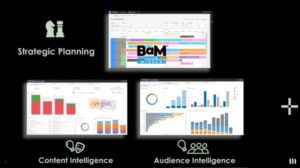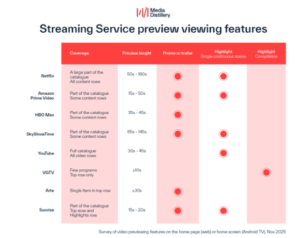
Jim Daves
Senior Sales Director for Digital Nirvana
Today, broadcasters and multichannel video programming distributors (MVPDs) prefer to manage their video from centralized operations covering a large geographic area. However, labor shortages and the dynamic growth in video services have paved the way for remote monitoring to emerge as an essential and profitable option. Over the past few years, remote monitoring has grown considerably important, with corroding profit margins and ambitious business goals having prompted broadcasters to choose this tool to improve their operations.

When an alert arose, the technician responding to the system notification would have to log in to a particular location and pull up the video from the cable TV box, rewinding to the problem from last night or two to three days ago — much like they would on a video tape — and checking the specifications. This crude process required a lot of time and labor on the part of the support team, who would still need to find where the problem occurred in the overall distribution network and fix it at its source.
Thankfully, the process of monitoring video signals has matured greatly. Through remote monitoring, any person, no matter where they are, can monitor any location at any time. Cable operators and other video distributors can monitor hundreds of locations across a large geographic area to verify ad insertion, signal quality, service delivery, and proper programming placement at the local level — all from one or more locations in the country.
This holds several benefits for both operators and engineers. For one, remote monitoring requires fewer physical trips to transmitters, headend or hub sites to correct technical problems. Remote monitoring systems can be programmed to show the location of any problematic hub, bringing up schematics that show how the network is used in the design, and thus making a workaround plan easier. In doing so, the system allows technical and support teams to provide service and monitor high-profile events live from a central location without being on-site, eliminating unnecessary truck rolls.
Remote monitoring also enables more efficient operations. Technical and support teams can monitor or record different individual channels in other areas without logging in to multiple different systems. Engineers can schedule recordings quickly through the electronic program guide in just a few simple steps. Technicians can schedule these recordings on different channels and in other zones instantly and simultaneously instead of visiting each channel individually to set up a recording. For example, it’s possible to record, say, Bloomberg Television at 2 p.m. in a few locations on the West Coast and a few more in the Midwest and East Coast — all with one click.
On the broadcasters’ end, remote monitoring can ensure compliance with government regulations and fulfillment of contracts with advertisers and content providers. Not only can broadcasters monitor channels to check for the placement, quality, and location of content and ads, but they can also keep a recording as proof of fulfillment. Being able to show where a problem occurred in the system can also demonstrate accountability and improve relations between the contractual parties.
Speaking of the technology itself, companies have developed remote monitoring units that contain simplified hardware and software aimed only at the remote-monitoring use case. This allows technicians to see the entire channel lineup; change channels; and view, fast forward, rewind, and scroll through live or recorded content using a remote control — all by region, ad zone, or even down to specific transmitters, headends or hub sites. Essentially, the technician can surf through the channels like any other viewer, with the option to change the inputs and volume on the fly.
Having all this information at their fingertips is extremely important for technicians and broadcasters as it gives them a clear picture of maintenance needs during critical events. For instance, the volume of a commercial might play louder than what the Federal Communications Commission (FCC) regulates. If the commercial does air, and the FCC reaches out, then a recording of the channel can show them where in the distribution the rise in volume occurred, helping demonstrate accountability. Thanks to the remote monitoring system, broadcasters can also avoid or account for other critical events — like the signal going dark, the signal dropping off quality, the stream going black, or the audio disappearing.
Overall, remote monitoring is cost-effective, making it affordable for the broadcasters and MVPD’s to deploy hundreds of units to locations throughout their network with the same high scalability and security. These systems are designed for remote monitoring, taking away the things people don't need and simplifying the user interface to make it extremely easy to do the job with as few clicks as possible.


Bio
Jim Daves is the senior sales director for Digital Nirvana. He oversees sales to the MVPD and broadcast TV markets. Daves has been in the business for more than 35 years. His sales expertise spans numerous hardware and software product lines associated with video and high-speed data services, interactive television, voice, OTT, IPTV, and wireless solutions. Daves is based in Atlanta.
